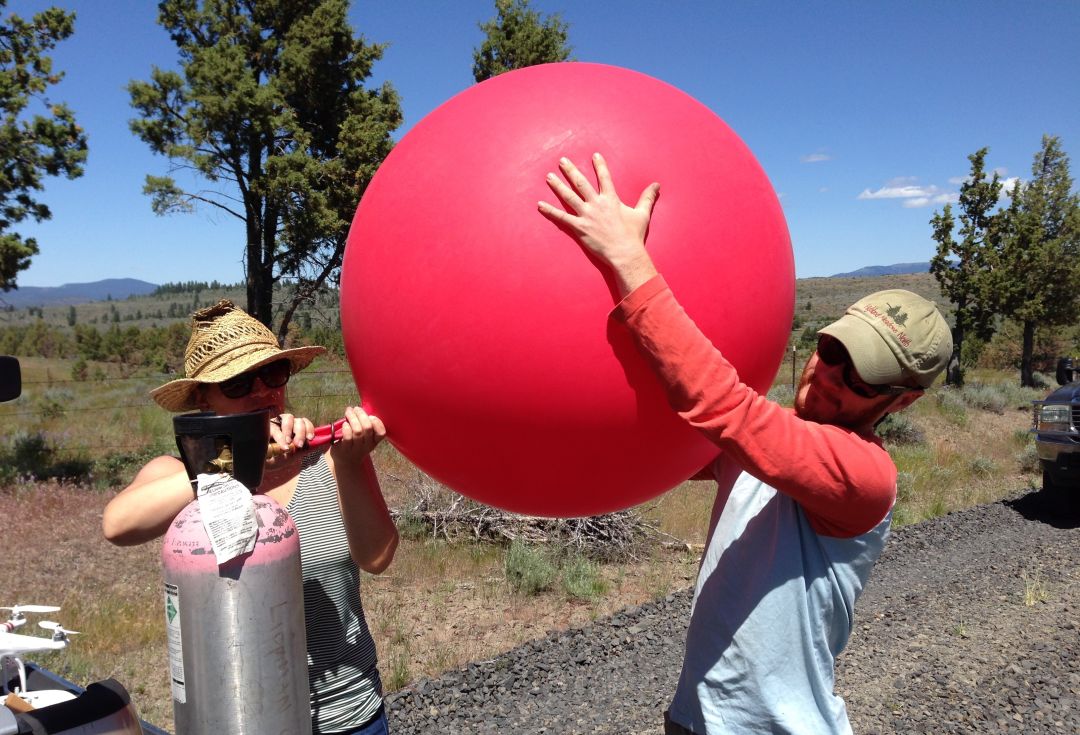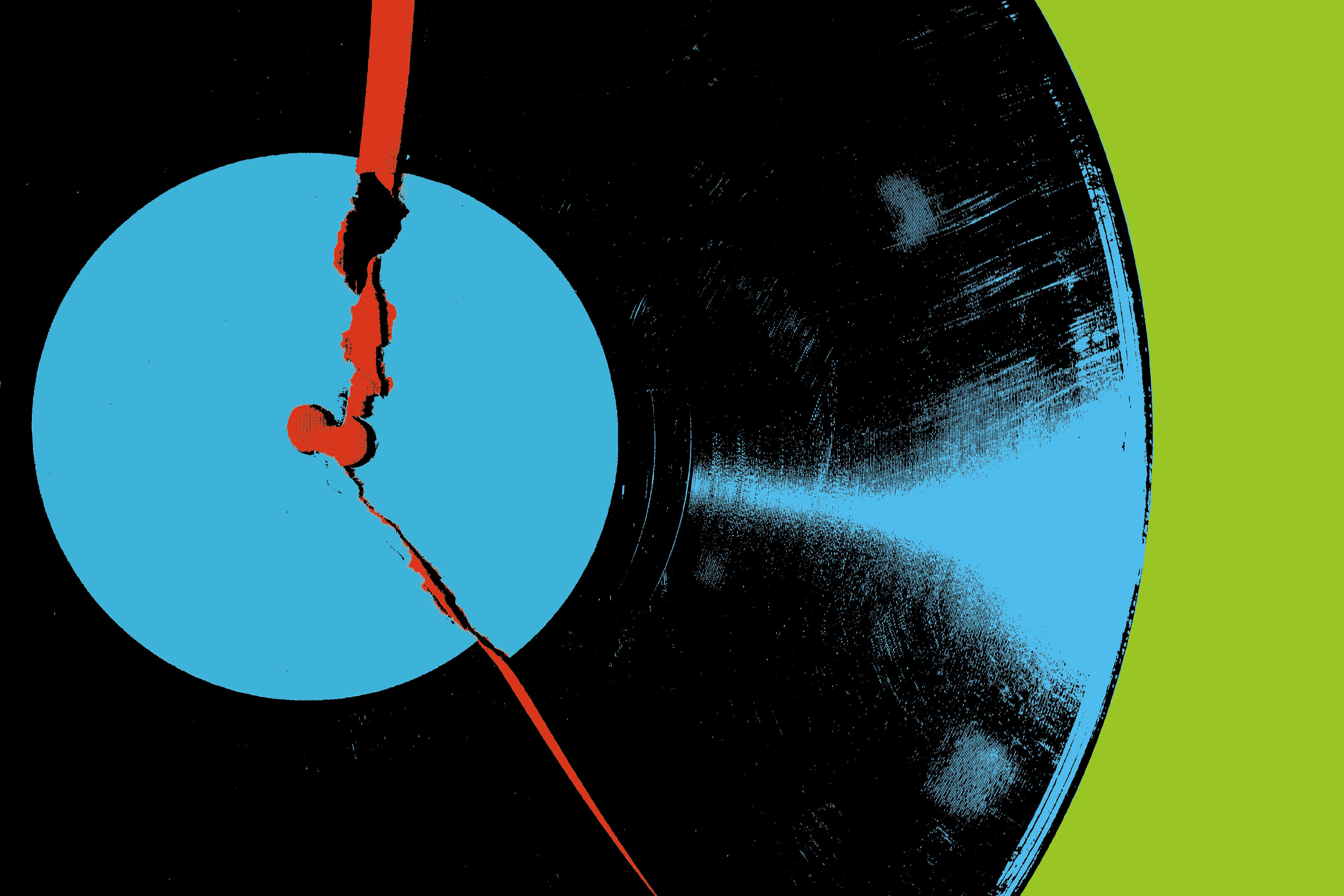Portland's Brand-New Design Program for Busy People

A PNCA class in Collaborative Design
Image: PNCA
The Pacific Northwest College of Art had a problem: How could they offer a comprehensive curriculum to potential students too busy with career and family to invest fully in the MFA in Collaborative Design?
Solving quandaries is what the school teaches, so faculty hit the drawing board and fashioned the MA in Design Systems, which begins this fall. The new 40-credit sister program includes the same core classes as the 60-credit MFA in Collaborative Design but scales back the studio time and drops the mentored capstone project. Whereas the MFA program is so intense that most students have to quit their day jobs, the MA in Design Systems program barely cuts into a 9-to-5 grind. Classes will be held twice a week in the afternoon and evening, with elective weekend intensives Friday–Sunday.
“A lot of people think of design as graphic design, how people draw things up,” explains Peter Schoonmaker, who chairs both programs. “The days of thinking of a designer as somebody who can just take brain to hand to pen to paper and draw out some lovely 2-D or 3-D thing—that concept of design, at least within the design industry, has morphed into a much more broad concept of design.”
Professors—hailing from Intel, Nike, OMSI, and other local powerhouses—bring real-world predicaments to the classroom. For the existing MFA program, students arranged raw data into a visual demonstrating how industrial air pollution in Richmond, California is walloping disadvantaged, lower-income communities. Other students traveled to rural Central Oregon to investigate strategies for marketable products and systems to remove invasive juniper trees and shrubs—a scourge so troublesome it unites ranchers, loggers, and environmentalists in their desire to eradicate the conifer—and return the landscape to a natural sagebrush steppe.
Most of PNCA's Design classes also have a project component where students work individually or collaboratively to solve increasingly challenging complications. One class, presented with a branding problem, created a five-minute video explaining what the opaquely named Intertwine Alliance was and what the organization does. Another class was presented with a crappy conundrum: a company called gDiapers claimed that its diapers were biodegradable, but human excrement is a biohazard, so all the bad bacteria must be destroyed before a poopy diaper can be put in a compost pile. The students devised two prototypes that, once heated to 158–162 degrees, would destroy the bad bacteria in 72 hours. Other “clients” include Black Parent Initiative, Mercy Corps NW, and the World Privacy Forum. Students graduate with about a dozen projects in their portfolio.

Image: PNCA
The Make+Think+Code lab on campus provides the technology to fabricate environmental sound sensors, air quality monitors, bike parts, brain models based on MRI scans, ceramics, and casts for bronze sculptures. The lab is equipped with a 3-D printer, Adobe creative suite, sketch apps, 3-D modeling software, a laser cutter, and more. PNCA also offers studios for print, video, sound, and animation.
Faculty consider the skillset of applicants and what individuals will bring to the team. “However, it’s not like we want the team to be completely smooth sailing,” Schoonmaker says. “You learn sometimes through hardship and conflict. We want diversity in backgrounds and personalities.”
When asked how many graduates achieve their career goals, Schoonmaker makes a bold, if somewhat vague, claim: “All of them end up as designers.”
Applications are now being accepted, with a priority deadline of February 1, 2018.




